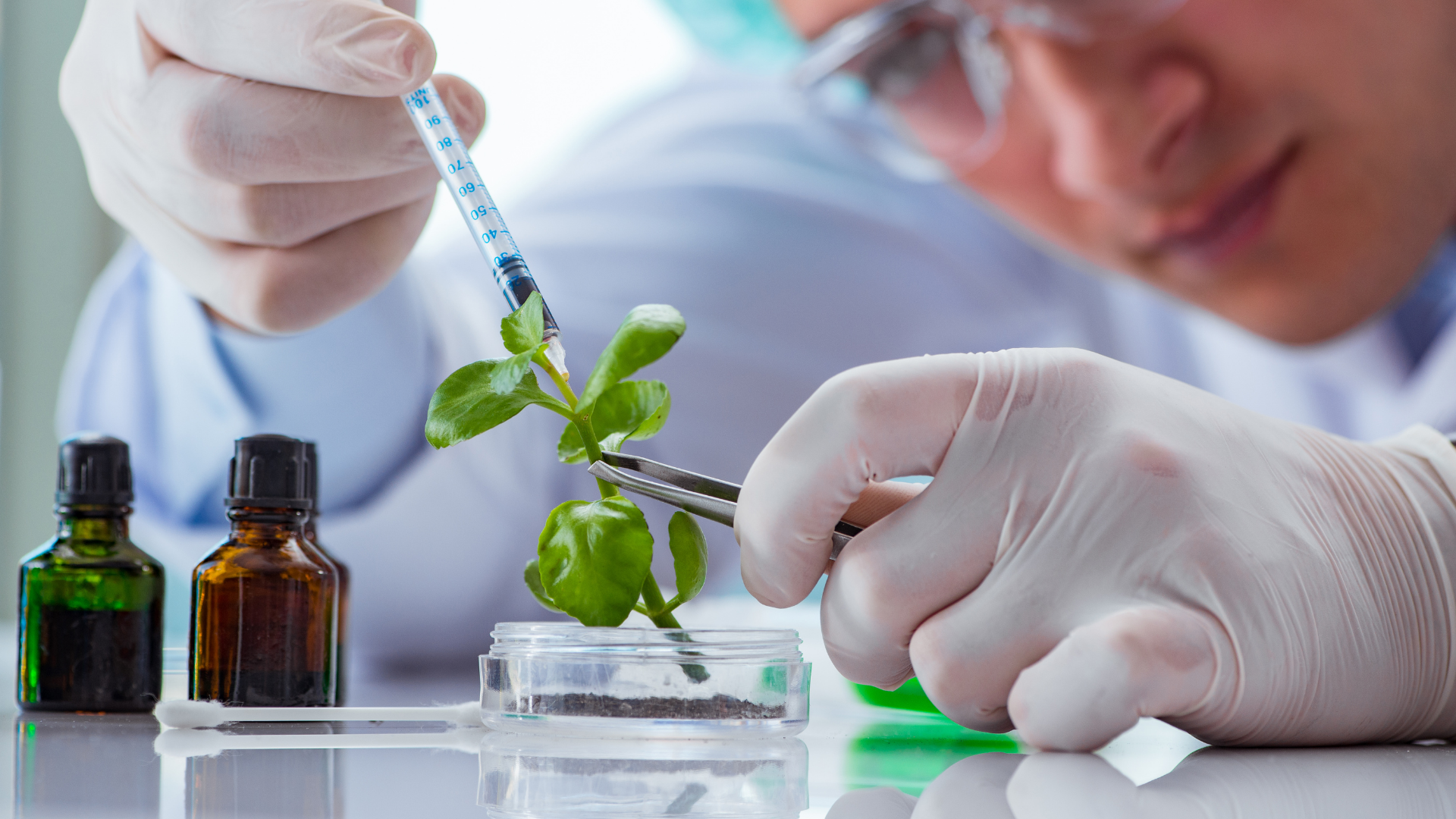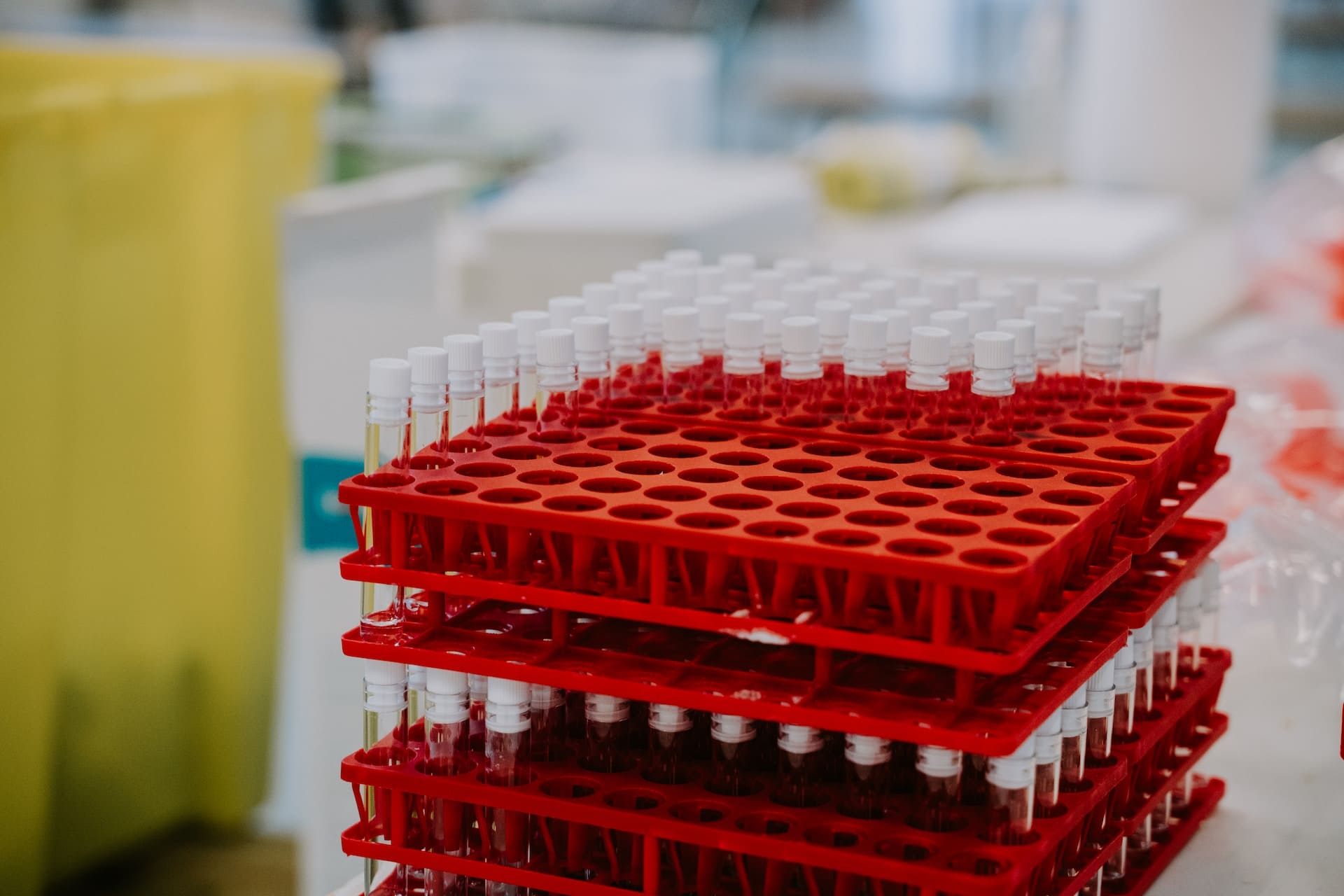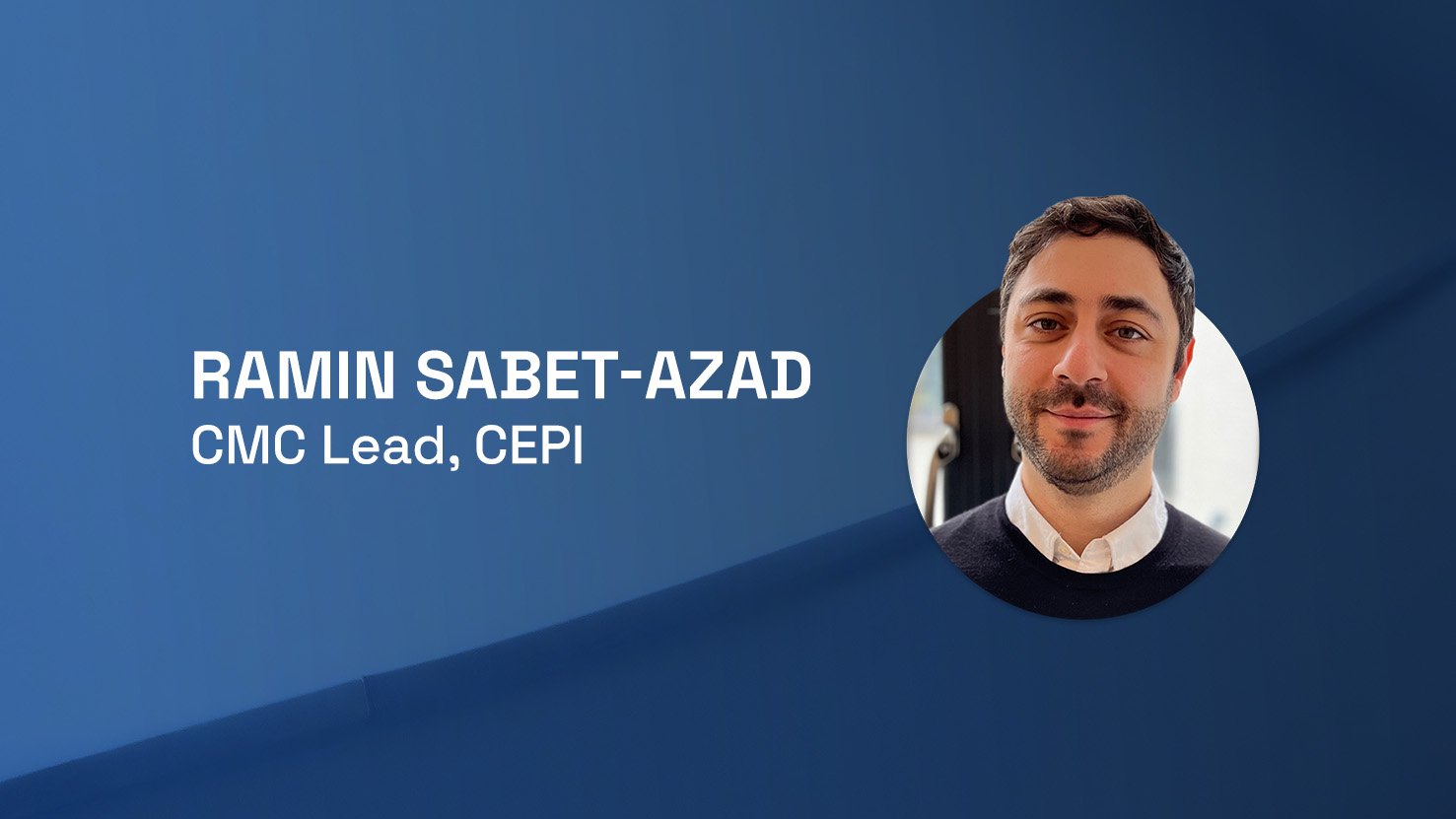Vaccine Production for Better Global Access

The COVID-19 pandemic saw the fastest development of any vaccine ever. All of a sudden, the journey from identifying a new pathogen, to having a working vaccine in the arms of the population took less than a year – a far cry from the previous average of 48 years.
However, despite the triumph of vaccination efforts against COVID, lower-income countries have been left behind. The Centre for Global Development (CGD) has reported in 2022 that “profound inequities in the pace of access to COVID-19 vaccines and the level of coverage of COVID-19 vaccination remain.”
How were COVID-19 vaccines developed so quickly?
The immense speed at which vaccines against the novel coronavirus became available is a testament to a confluence of factors. Roger Connor, former President of Vaccines and Global health at GSK told The International Federation of Pharmaceutical Manufacturers and Associations that this was down to four factors in particular.
Firstly, the development of these vaccines had the advantage of advance research on the COVID family of viruses. For example, research conducted during and after the SARS epidemic had helped identify the spike protein earlier. On top of this, new technologies in vaccine production, such as mRNA-based vaccines, have allowed experimental candidates to enter the clinic far faster than ever before.
Secondly, the focus and resources that are devoted to a problem that is of number-one-priority vastly hastened the vaccines’ journey through the pipeline. Particularly, being able to work hand-in-hand with regulatory authorities on a near daily basis.
The third factor, as mentioned by Connor, was the willingness to manufacture at risk. During the pandemic, vaccine manufacturers made the decision to produce test batches in parallel, rather than in series. The product was decided upon, and it was assumed that it would work clinically. Here, with every batch, manufacturers took the risk of having to throw away an unsuitable batch, but the upshot is having the vaccine ready to go at a moment’s notice.
Finally, the collaboration during the pandemic was unprecedented. This was the case between industry and academia, but also between big pharma companies. Companies that were typically very competitive, like Sanofi and GSK, came together to work in partnership, rather than in competition.
Vaccines and the Access Problem
But despite the achievement of development and scale up by pharma companies and vaccine manufacturers, access to vaccines remains inequitable across the developing world. This is due to a variety of factors, some of which are contentious.
Logistically, the vaccine supply chain can present challenges for developing countries. The production, transportation, and distribution of vaccines, especially those with specific storage requirements like ultra-low temperatures, can be logistically complex.
Furthermore, many low- and middle-income countries lacked the infrastructure and capacity to produce vaccines locally. This reliance on imports made them vulnerable to supply chain disruptions. On top of this, vaccines can be expensive, and many poorer nations struggle to afford them. This can hinder widespread vaccination efforts.
More contentiously, patenting and intellectual property rights around vaccines have been criticised by some who seek to allow more local vaccine production in the interest of access. This has further developed into accusations of wealthier countries hoarding vaccines, making it difficult for less affluent nations to procure the necessary doses. This ‘vaccine nationalism’ may have exacerbated global disparities.
Efforts to Improve Global Vaccine Access
Efforts are however being made to expand the access of vaccines to developing countries. The Developing Countries Vaccine Manufacturing Network (DCVMN) is one such example of an organisation working on this issue. The alliance of over 40 vaccine manufacturers from 15 developing countries has the goal of advancing equitable access to vaccines across the world. With this, they are dedicated to increasing the production of high-quality vaccines in developing countries.
One member of this network is Bharat Biotech, which strives to irradicate contagious diseases through the development of vaccines for indigenous and regional diseases. Among their 215 patents, the company has produced the first naturally attenuated rotavirus vaccine, typhoid conjugate vaccine, and they were among the first to develop vaccines for Chikungunya and Zika.
There are other organisations which exist with the goal of increasing vaccine production across the world. For example, the Partnership for African Vaccine Manufacturing (PAVM) was established in 2021 by the African Union (AU), and Africa CDC. Its goal is to reach 60% of African vaccine doses supplied, manufactured, and developed by the continent’s own industry by 2040. Africa currently supplies less than 1% of its vaccine doses, so the target is a bold one, but the hope is that a combination of vision and collaboration will help the continent achieve its aim.
In the wake of unprecedented vaccine development, global vaccine access disparities persist, calling for continued collaboration and innovation. Efforts such as the DCVMN and PAVM offer hope for a more equitable future in the fight against infectious diseases.
Get your weekly dose of industry news and announcements here, or head over to our Biologics portal to catch up with the latest advances in targeted therapies. To learn more about our upcoming Biologics UK conference, visit our event website to download an agenda and register your interest.







